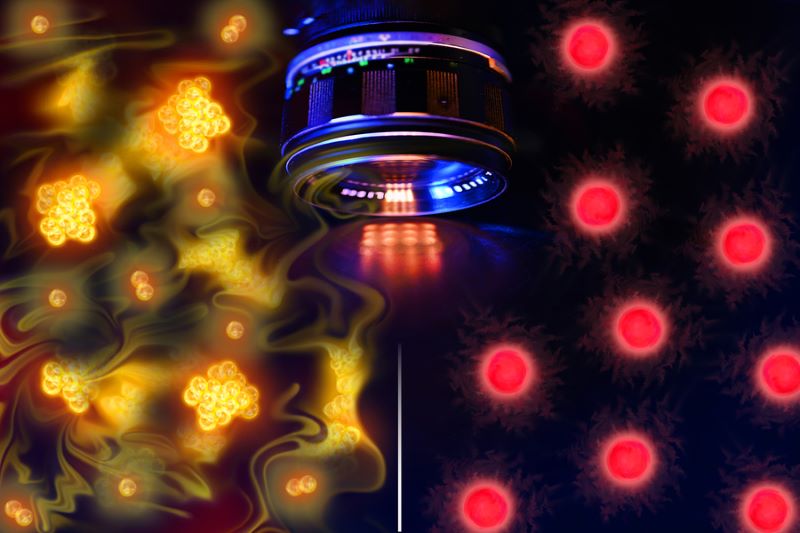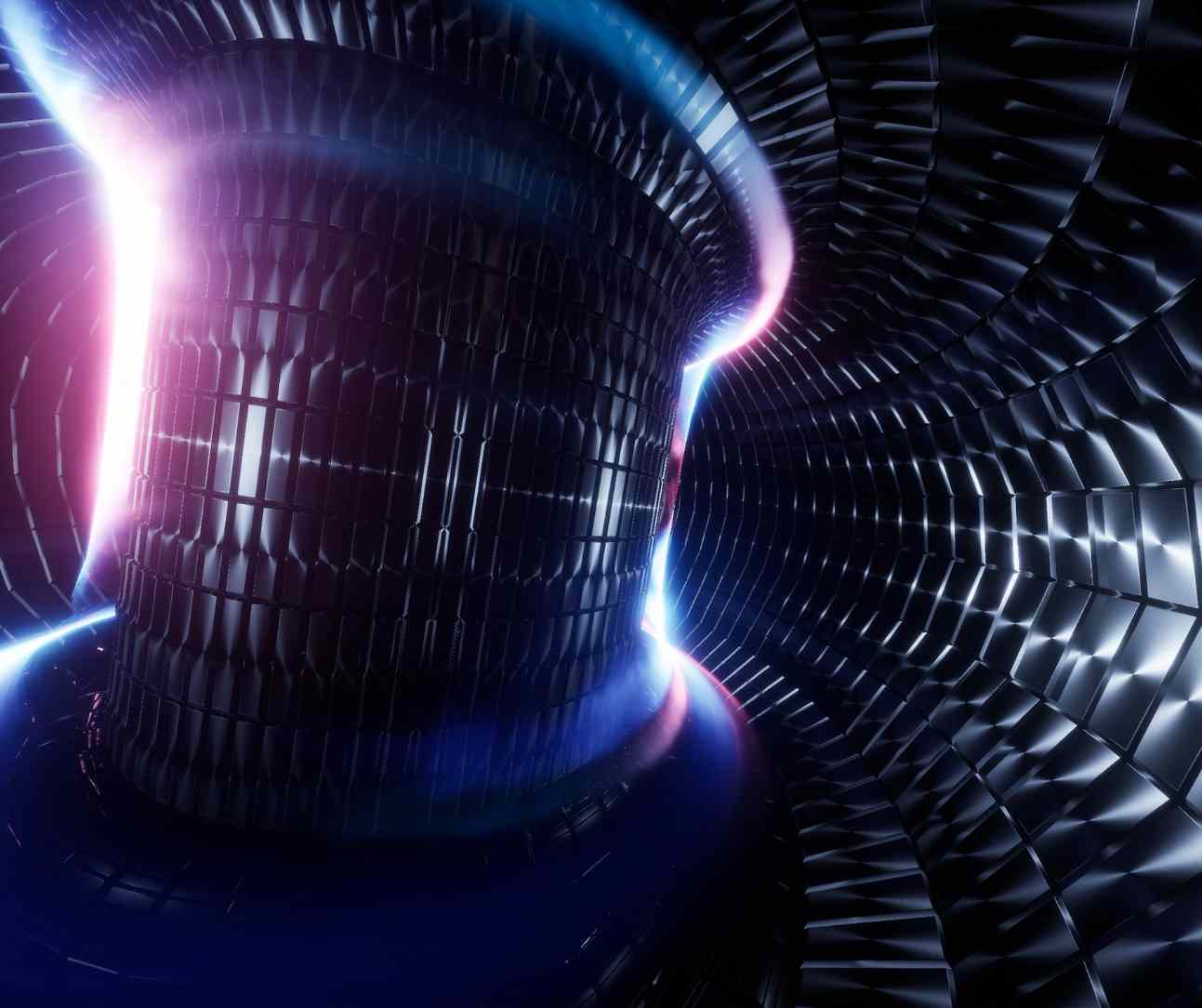Google has unveiled its latest quantum computing marvel, the Willow chip, a breakthrough set to redefine the possibilities of computational technology.
A new chip has unprecedented speed and groundbreaking advancements in error correction. Willow marks a monumental leap toward the realization of large-scale, commercially viable quantum computers.
At the heart of Willow’s innovation is its ability to exponentially reduce errors as it scales up, a challenge that has hindered the progress of quantum computing for decades. Unlike traditional systems, which become less stable with an increase in qubits, Willow’s design ensures greater accuracy and reliability. This breakthrough, known as “below-threshold error correction,” enables computations to remain robust even as the system grows.
Additionally, Willow has achieved an astonishing performance milestone. Using the Random Circuit Sampling (RCS) benchmark, it performed a computation in under five minutes—a task that would take the world’s fastest supercomputers an unimaginable 10 septillion years. Such speed not only highlights quantum computing’s potential but also positions Willow as a leader in the race toward practical applications.
Transforming Science and Industry
The implications of Willow’s capabilities extend across multiple industries. In healthcare, for instance, quantum computing could revolutionize drug discovery by enabling the rapid analysis of molecular structures and accelerating the experimental phase. The chip’s power to simulate quantum systems with high precision could also advance clean energy initiatives, such as nuclear fusion research and battery optimization.
Artificial intelligence (AI) stands to benefit immensely as well. Quantum computing’s unparalleled speed and ability to process vast datasets can enhance AI training, optimize machine learning models, and enable simulations previously thought impossible. Willow bridges the gap between quantum mechanics and AI, unlocking new possibilities in both fields.
A Milestone in Error Correction
One of Willow’s most significant achievements is its ability to correct errors in real time. It’s a critical capability for meaningful quantum computations. Qubits, the fundamental units of quantum computing, are notoriously sensitive to environmental interference, which can quickly degrade computational accuracy.
Willow addresses this challenge with cutting-edge error correction techniques, ensuring that computations remain stable and accurate. This advance, combined with the chip’s ability to extend the lifespan of qubits, represents a major step forward in making quantum computing practical for real-world applications.
Willow’s success signals a pivotal moment for the future of technology. For decades, quantum computing was seen as a distant dream, its potential held back by technical limitations.
The chip’s ability to handle computations at a scale and speed far beyond classical computers opens new horizons in scientific discovery, AI development, and cybersecurity. Moreover, its success in error correction suggests that the era of large-scale quantum computing is closer than ever.
Google Quantum AI founder Hartmut Neven described Willow’s performance as “mind-boggling” and a testament to the potential of quantum computation. By leveraging quantum mechanics—the fundamental operating system of nature—Willow pushes the boundaries of what technology can achieve, from designing more efficient batteries to unlocking new medical breakthroughs.
Bridging Theory and Practicality
While Willow’s benchmarks are groundbreaking, the next challenge lies in demonstrating practical, real-world applications. So far, quantum computing has largely been used for theoretical tasks. However, Willow’s capabilities offer the potential to solve commercially relevant problems.
Google Quantum AI is now working on integrating quantum systems into industries where classical computers fall short. Willow’s applications could transform how businesses and researchers operate.
Willow’s development was made possible by Google’s state-of-the-art fabrication facility in Santa Barbara, designed specifically for quantum chip production. This facility enables meticulous engineering and integration of components, ensuring optimal performance across all system metrics.
Quality, not just quantity, is the focus of Willow’s design. With 105 high-performance qubits, the chip achieves a balance between scalability and accuracy, setting a new standard for the industry.









